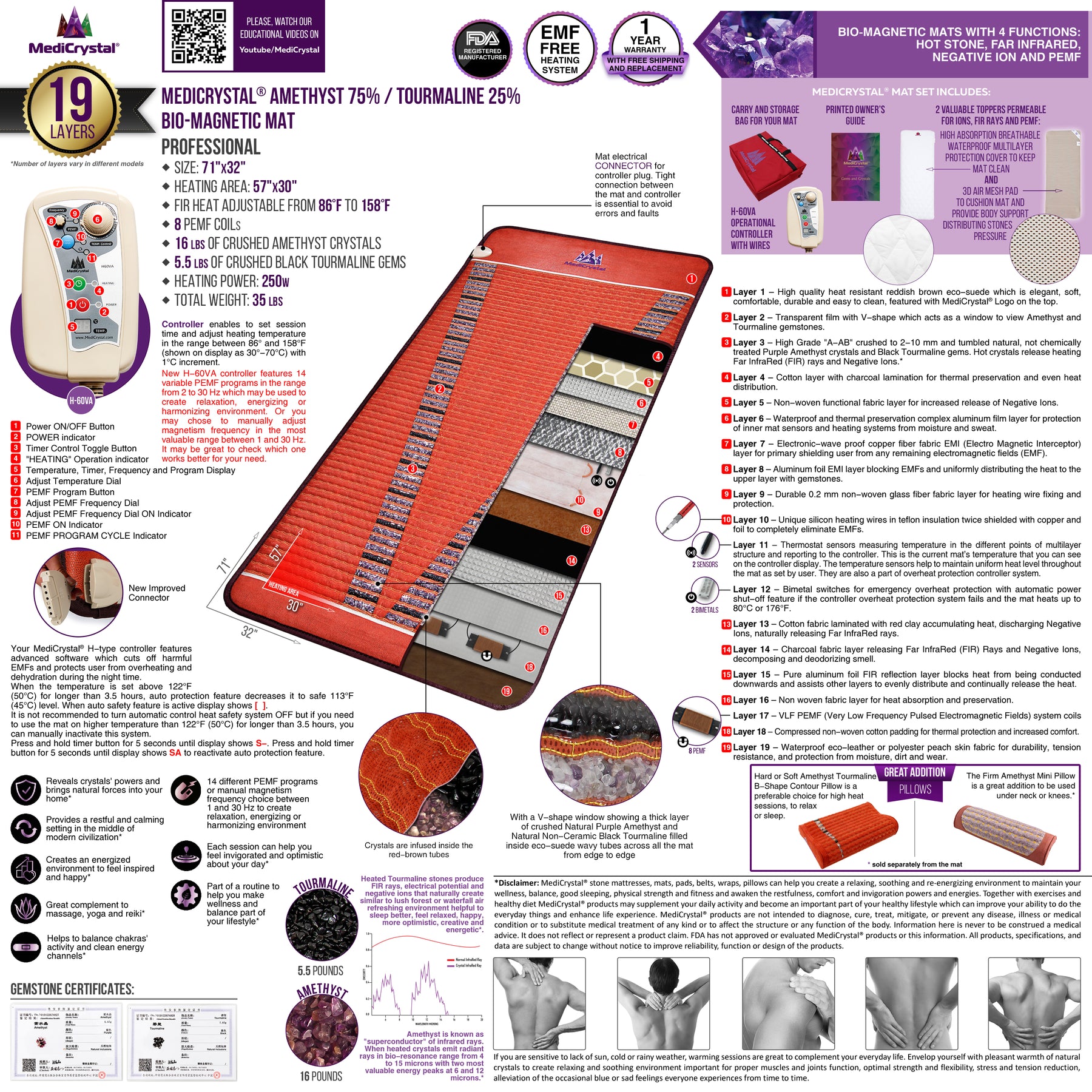


This can all be done artificially in an oven if it didn’t come to the right temperature in the ground. Deep orange citrine, also called Madera citrine, is heated to higher temperatures. More Heat, More ColorĬitrine can be heated further, resulting in orange coloration and finally a dark amber. In between is the stage where prasiolite is formed, which is even rarer than natural citrine. You can have formations where the same crystals are partially citrine and amethyst. Studies on heat treatment show that temperatures under 420☌ result in amethyst, and those over 440☌ results in the formation of citrine.Īmetrine occurs naturally due to heat zoning. Remember, the only difference is the highest heat reached by the crystal during its formation. Instead, you end up with a treated stone identical to real citrine. Heat treatment doesn’t damage the crystalline structure or the hardness of the stone at all. Both Are a Variety of Quartzīoth real citrine and fake citrine are a variety of quartz with almost identical physical properties. The vast majority of fake citrine is simply heated amethyst. The difference is in how hot the molten stone got, after a certain point the iron in amethyst becomes a yellow color.

Let’s Talk Fake CitrineĬitrine is a rarer chemical than amethyst, but it has an almost identical chemical makeup.
#HEAT TREATED AMETHYST HOW TO#
Let’s get to it, and I’ll show you how to tell if you have real citrine or something else. Fortunately, there are a few signs that will let you know if the stone you’re holding is likely to be real or something else. Citrine is a beautiful stone, but knowing whether or not a specimen is real can be a huge toss-up.


 0 kommentar(er)
0 kommentar(er)
